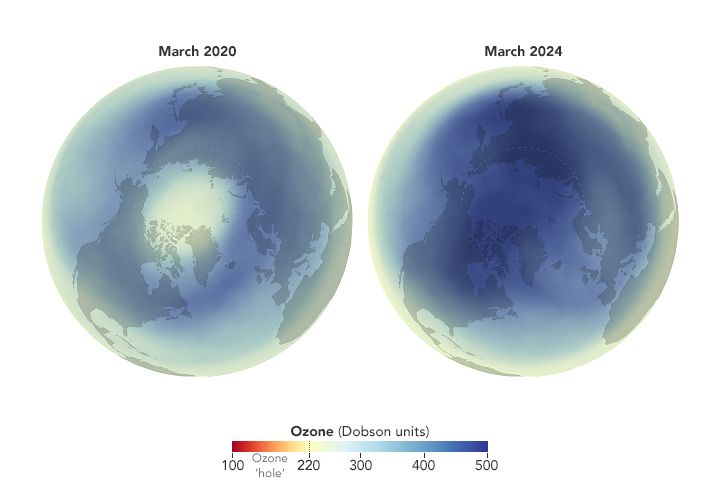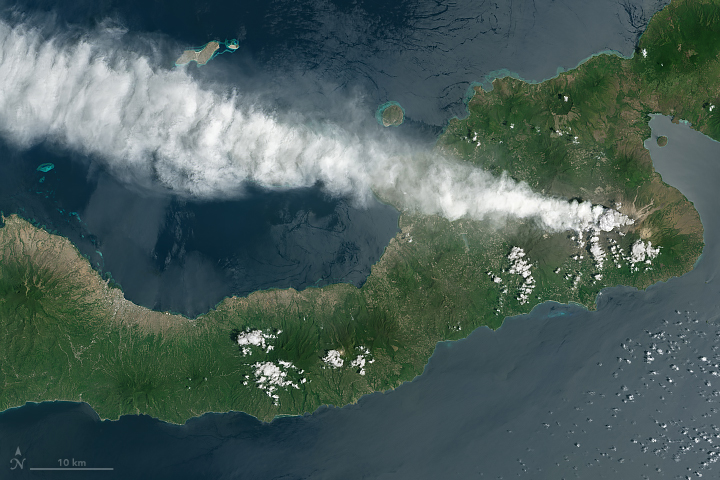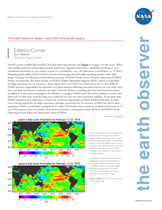- Home
- Missions
- Data
- Communications
- People
- The Earth Observer Newsletter




Recent Imagery
You will be directed to the NASA Visible Earth webpage when you select Images by Mission below, or click on the images at right that are randomly generated to represent four out of all possible topics.
The Earth Observer has a new look! Visit the NEW Earth Observer website.
The Earth Observer: Mar - Apr, 2016
In This Issue
Click title below to view page
- Editor’s CornerFront Cover
- Feature Articles
- Earth Science Mission Operations, Part I: Flight Operations—Orchestrating NASA’s Fleet of Earth Observing Satellites4
- Meeting/Workshop Summaries
- Ocean Surface Topography Science Team Meeting14
- ESIP Addresses Earth Sciences Big Data at its 2016 Winter Meeting18
- 2015 CLARREO Science Definition Team Meeting Summary21
- ECOSTRESS Science Team Meeting24
- 2015 GRACE Science Team Meeting25
- Announcements
- GES DISC Announces Giovanni Image Hall of Fame Selections28
- GHRC Becoming NASA’s Hazardous Weather Distributed Active Archive Center29
- In The News
- Tropical Fires Fuel Elevated Ozone Levels Over Western Pacific Ocean31
- NASA Contributes to Global Standard for Navigation, Studies of Earth32
- NASA Demonstrates Airborne Water Quality Sensor34
- Regular Features
- NASA Earth Science in the News36
- NASA Science Mission Directorate – Science Education and Public Outreach Update38
- Science Calendars39
Editor’s Corner
Steve Platnick
EOS Senior Project Scientist
NASA’s current satellite fleet includes 20 Earth-observing missions (see Figure 1 on page 4 of this issue). While each satellite performs independent mission work, some augment their science capabilities by flying in close, coordinated proximity to one another as part of a constellation—e.g., the Afternoon Constellation, or “A-Train.” Maintaining the orbits of each of these missions and keeping them all safely operating presents...
Read more...

